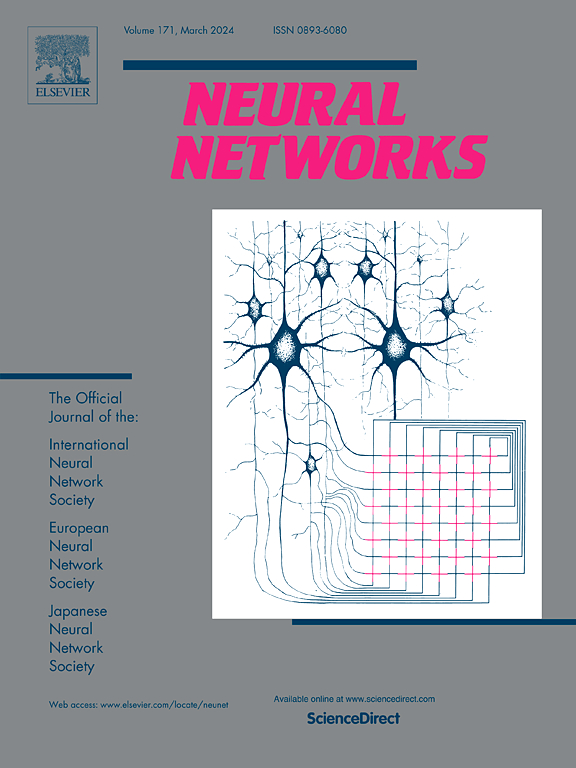基于数据对齐的基于脑电图的脑机接口对抗性防御基准
IF 6
1区 计算机科学
Q1 COMPUTER SCIENCE, ARTIFICIAL INTELLIGENCE
引用次数: 0
摘要
机器学习已广泛应用于基于脑电图(EEG)的脑机接口(bci)的信号解码中。虽然大多数研究都集中在提高基于脑电图的脑机接口的准确性上,但更应该关注其安全性。最近的研究结果表明,基于脑电图的脑机接口容易受到对抗性攻击。为了解决这个问题,我们提出了第一个基于数据对齐的对抗性防御基准,旨在提高基于脑电图的脑机接口的准确性和鲁棒性。本研究评估了五种EEG数据集(涵盖三种范式)、三种神经网络和四种实验场景下的九种对抗性防御方法(包括五种防御策略)。我们的研究结果首次表明,与仅使用其中一种或两种相比,集成数据增强、数据对齐和鲁棒性训练可以进一步提高脑机接口的准确性和鲁棒性。此外,我们还深入研究了基于脑电图数据对齐的各种对抗性防御方法的特点,为开发更准确、更安全的基于脑电图的脑机接口提供了有价值的指导。本文章由计算机程序翻译,如有差异,请以英文原文为准。
Data alignment based adversarial defense benchmark for EEG-based BCIs
Machine learning has been extensively applied to signal decoding in electroencephalogram (EEG)-based brain–computer interfaces (BCIs). While most studies have focused on enhancing the accuracy of EEG-based BCIs, more attention should be given to their security. Recent findings reveal that EEG-based BCIs are vulnerable to adversarial attacks. To address this, we present the first adversarial defense benchmark based on data alignment, aiming to enhance both the accuracy and robustness of EEG-based BCIs. This study evaluates nine adversarial defense approaches (including five defense strategies) across five EEG datasets (covering three paradigms), three neural networks, and four experimental scenarios. Our results show for the first time that integrating data augmentation, data alignment, and robust training can further improve both the accuracy and robustness of BCIs compared to using only one or two of them. Furthermore, we provide insights into the characteristics of various adversarial defense approaches based on EEG data alignment, offering valuable guidance for developing more accurate and secure EEG-based BCIs.
求助全文
通过发布文献求助,成功后即可免费获取论文全文。
去求助
来源期刊

Neural Networks
工程技术-计算机:人工智能
CiteScore
13.90
自引率
7.70%
发文量
425
审稿时长
67 days
期刊介绍:
Neural Networks is a platform that aims to foster an international community of scholars and practitioners interested in neural networks, deep learning, and other approaches to artificial intelligence and machine learning. Our journal invites submissions covering various aspects of neural networks research, from computational neuroscience and cognitive modeling to mathematical analyses and engineering applications. By providing a forum for interdisciplinary discussions between biology and technology, we aim to encourage the development of biologically-inspired artificial intelligence.
 求助内容:
求助内容: 应助结果提醒方式:
应助结果提醒方式:


